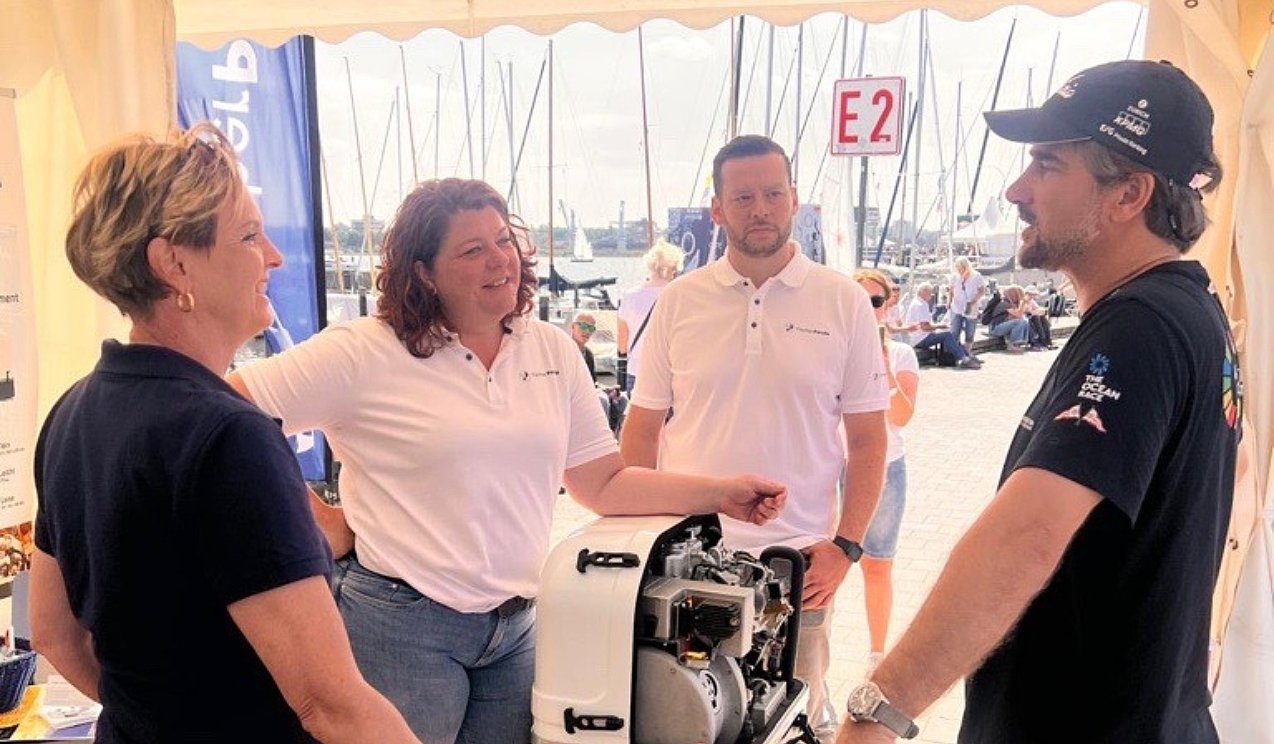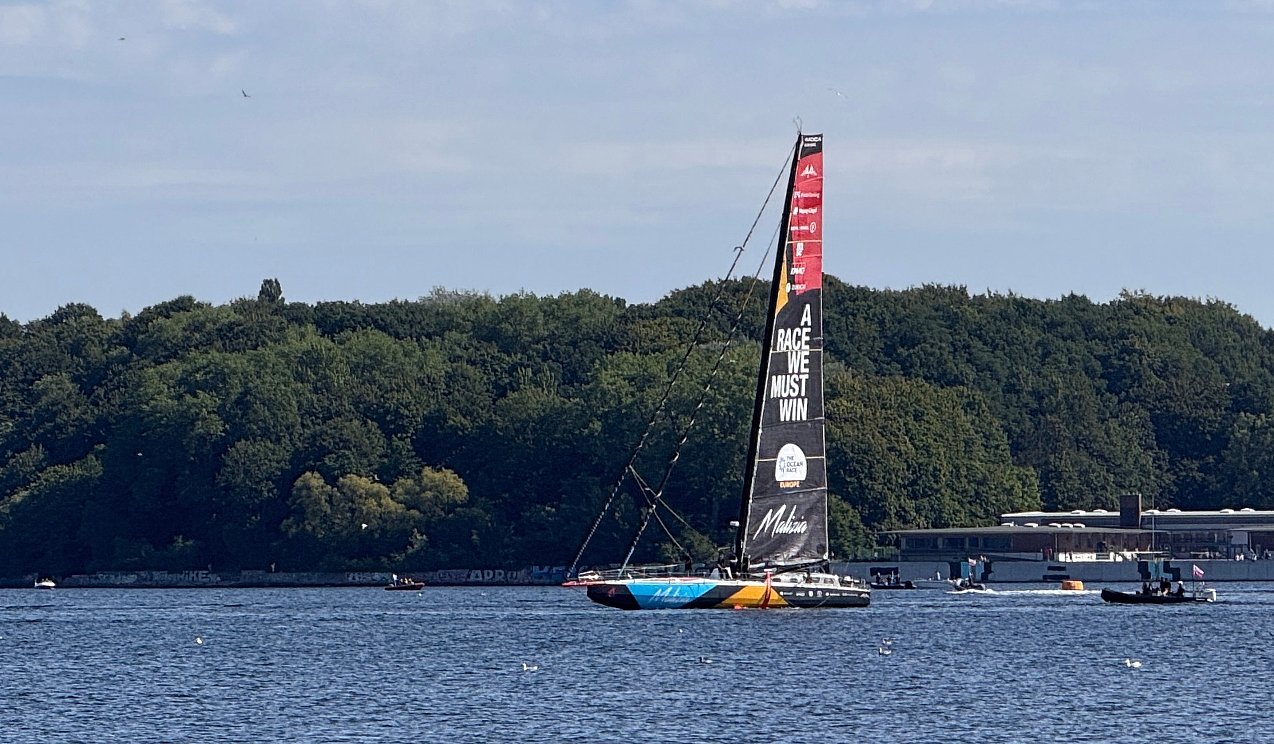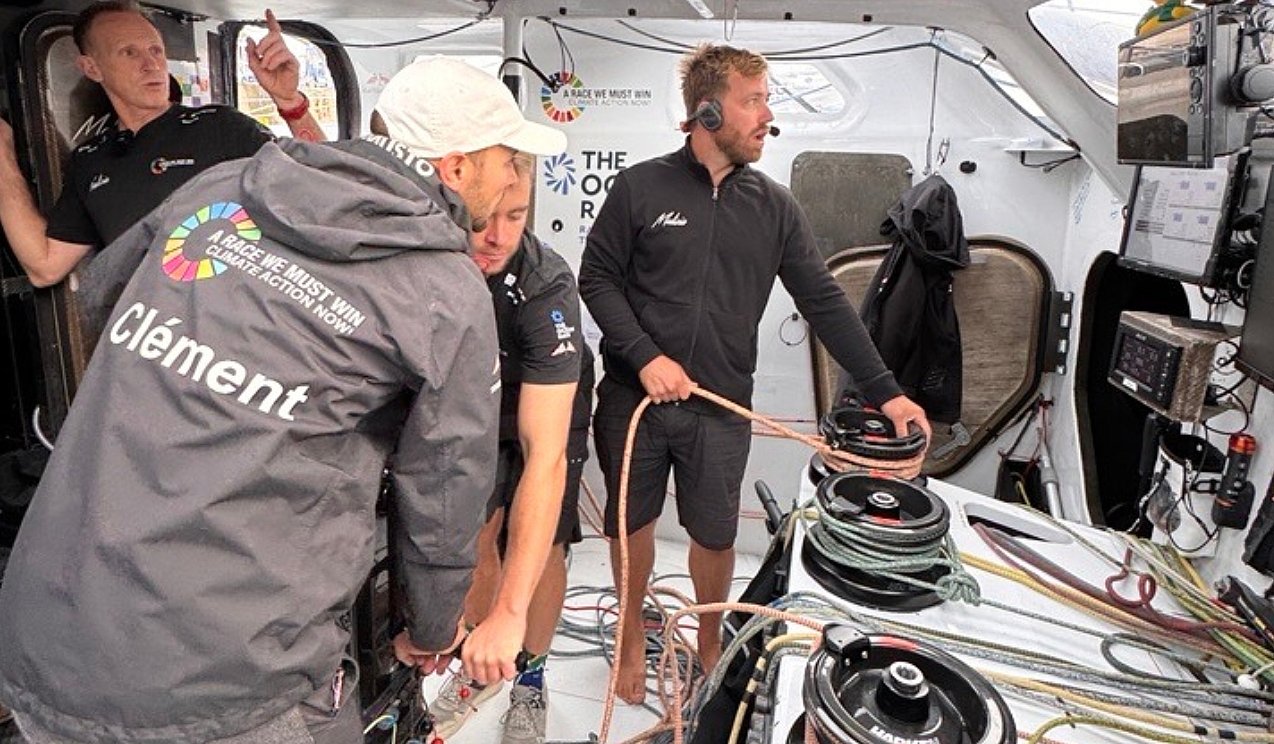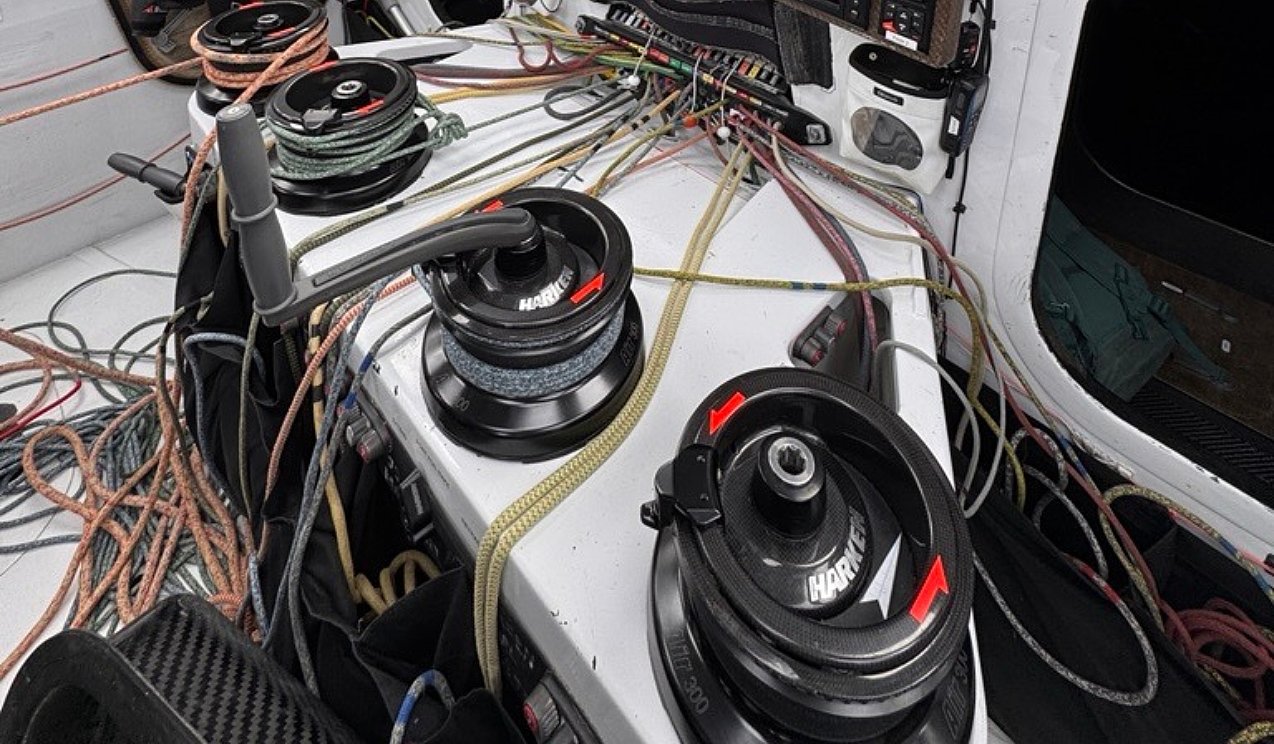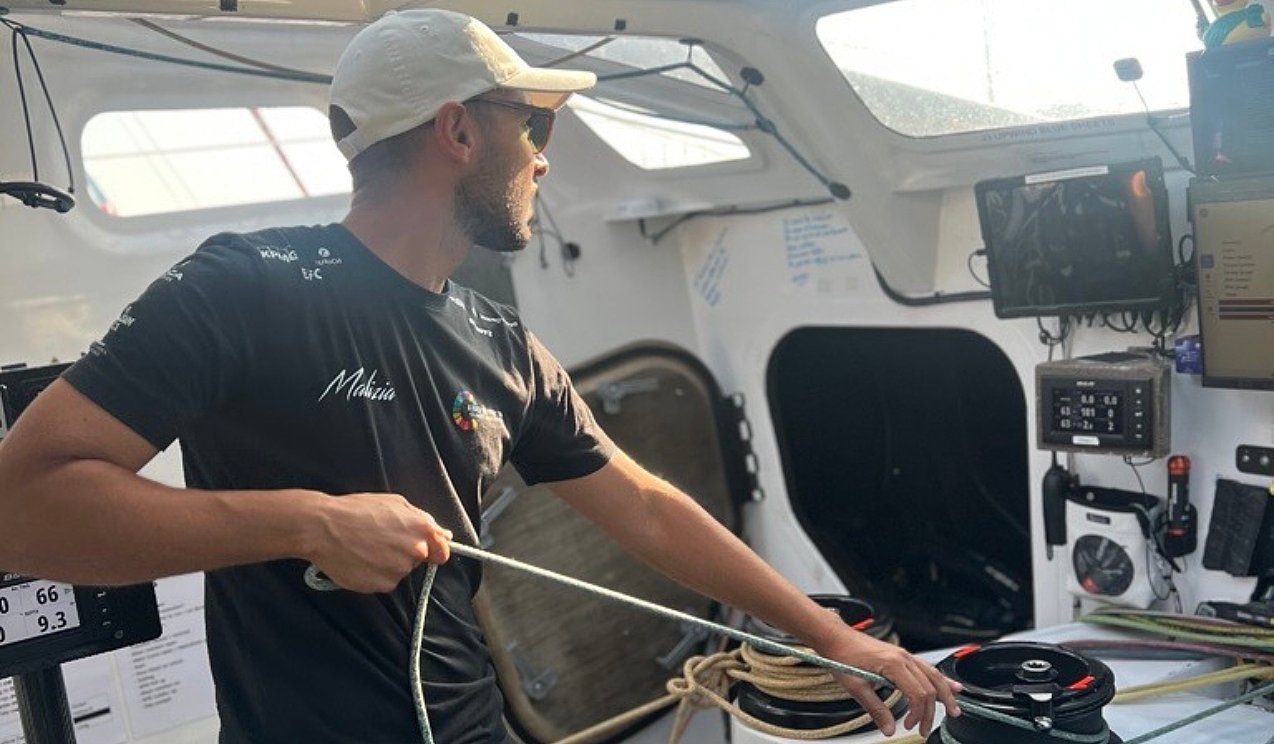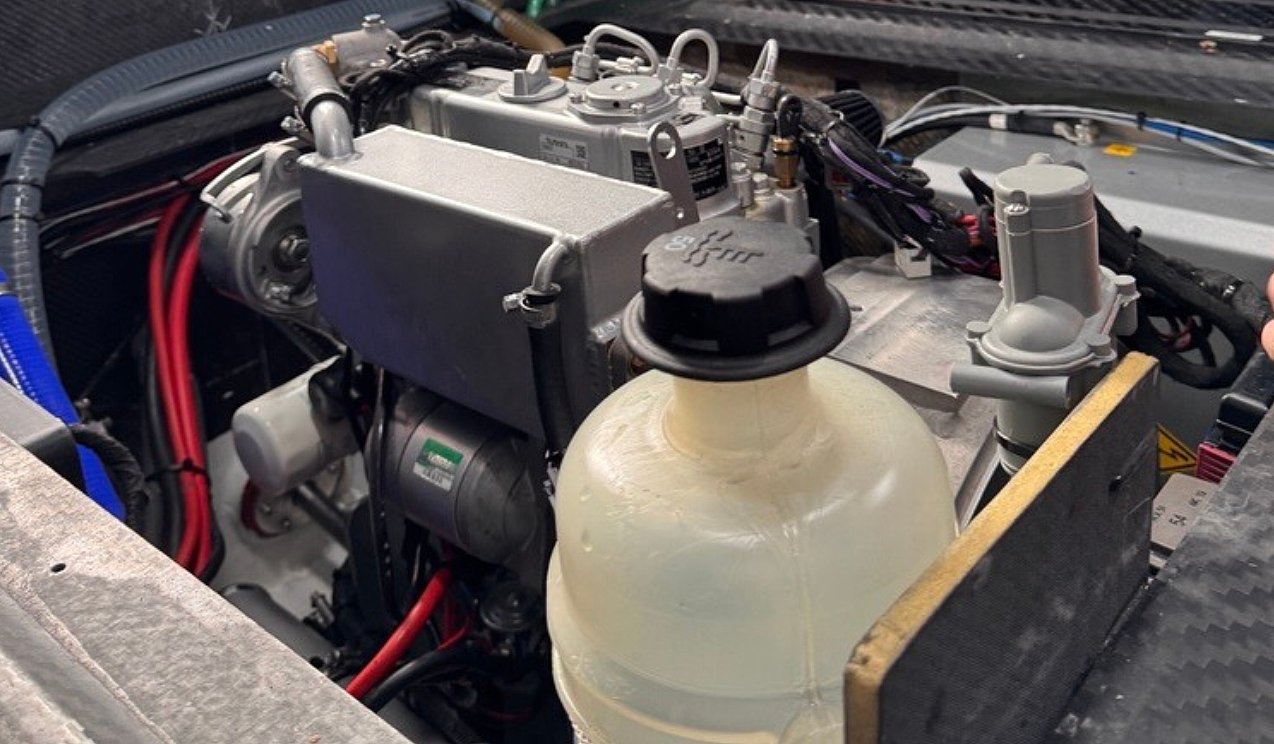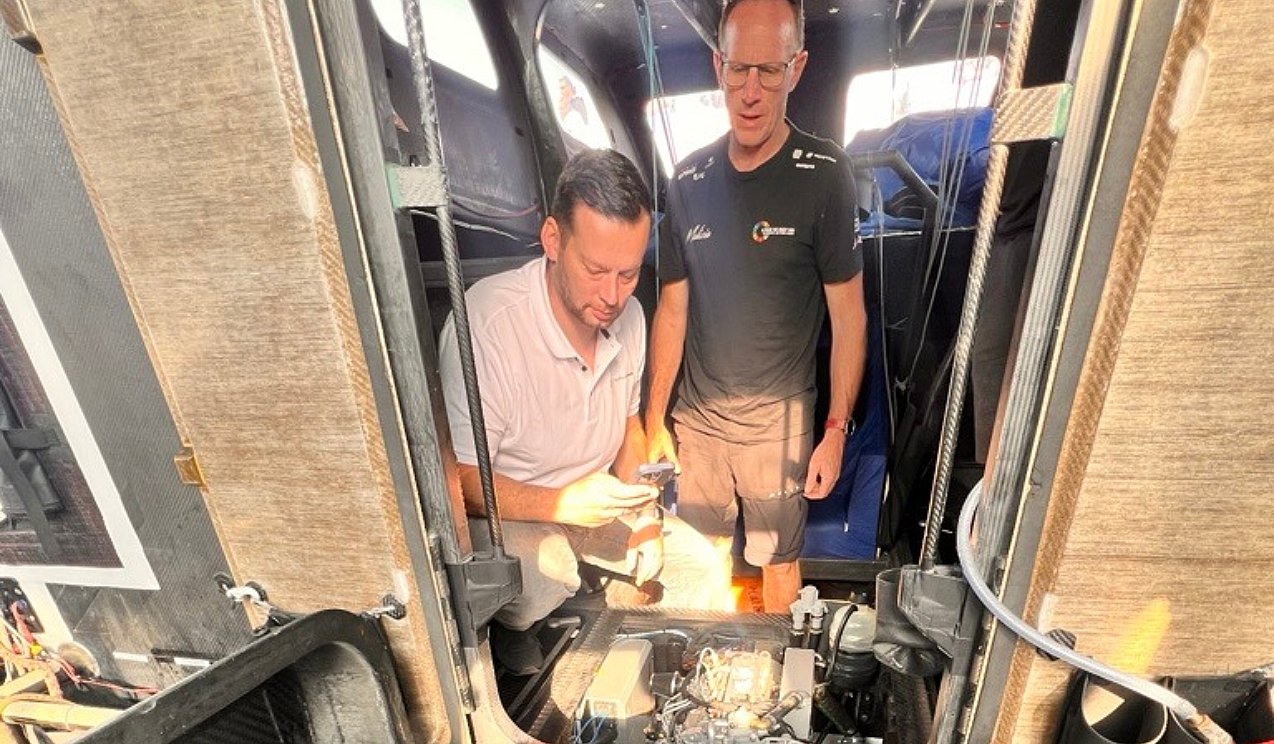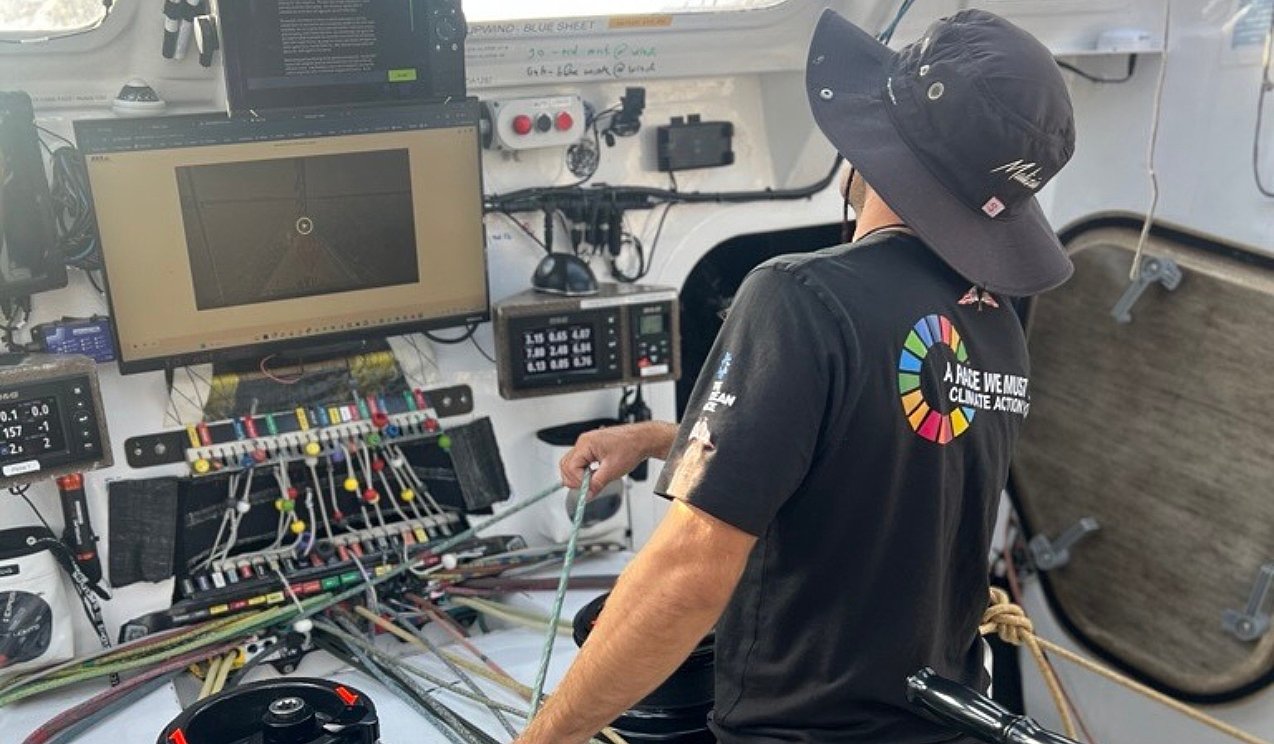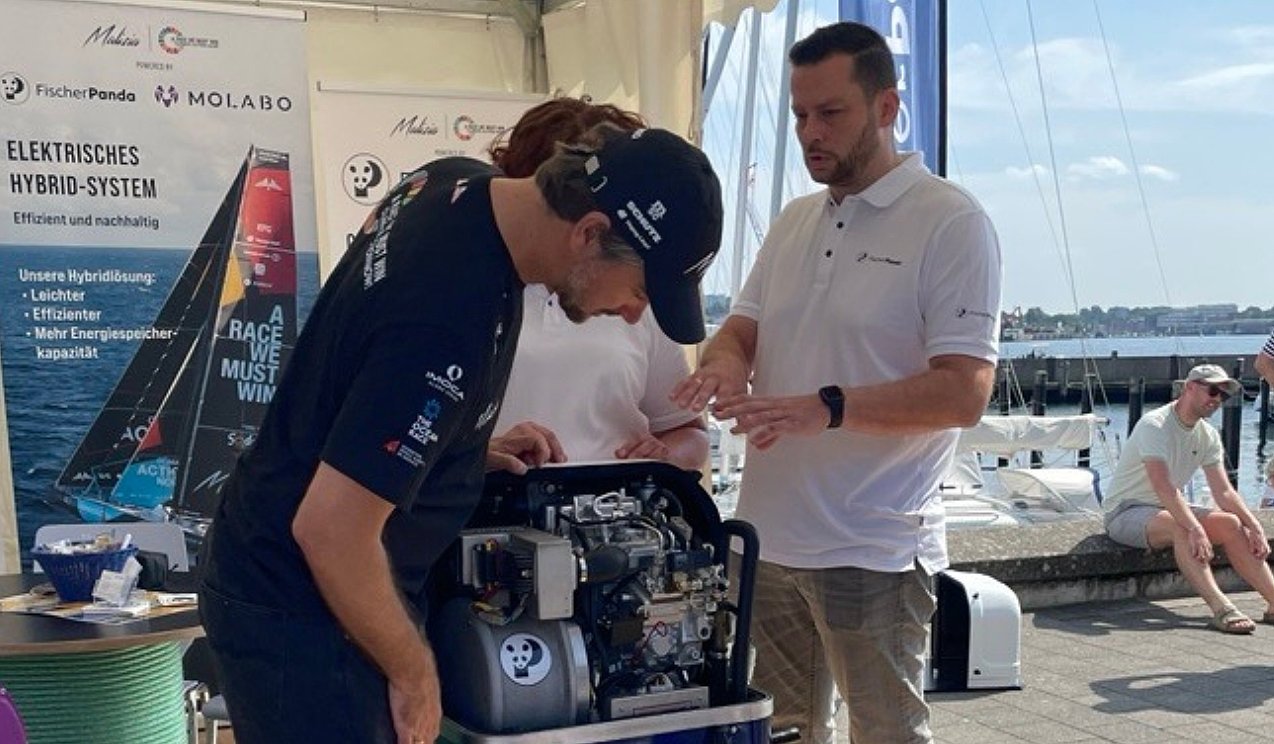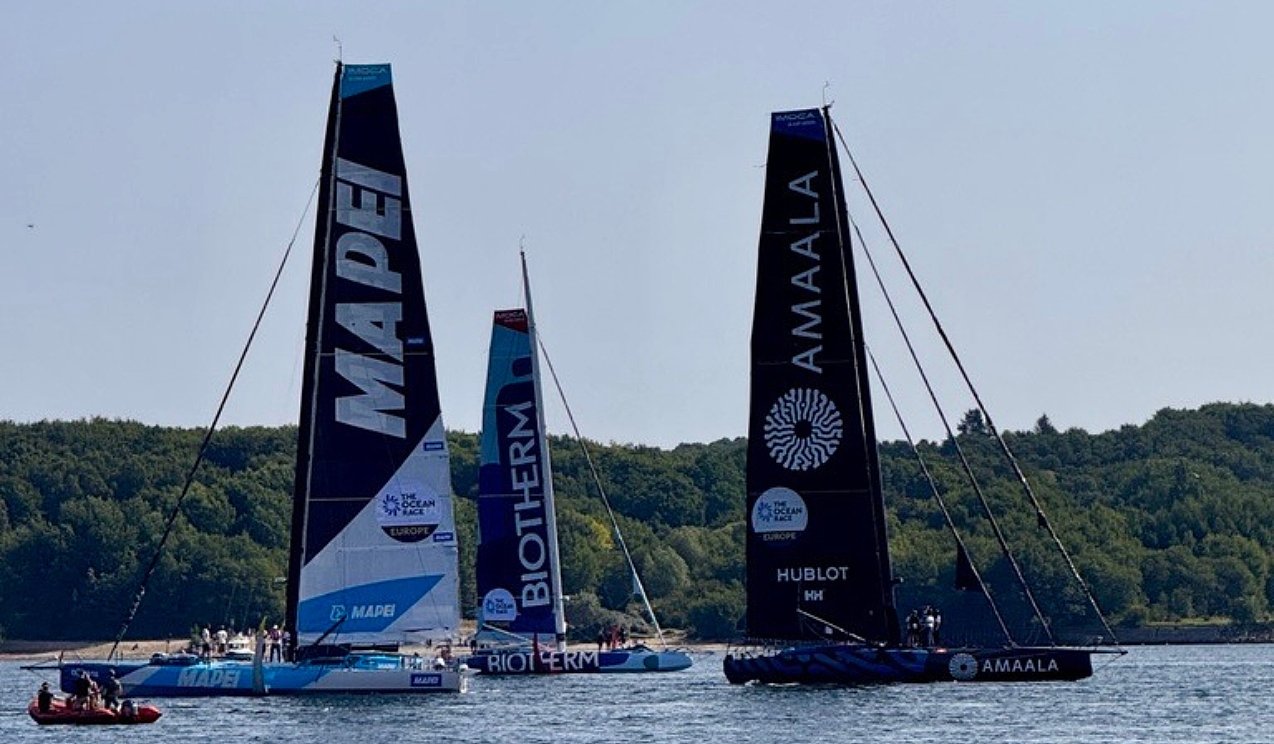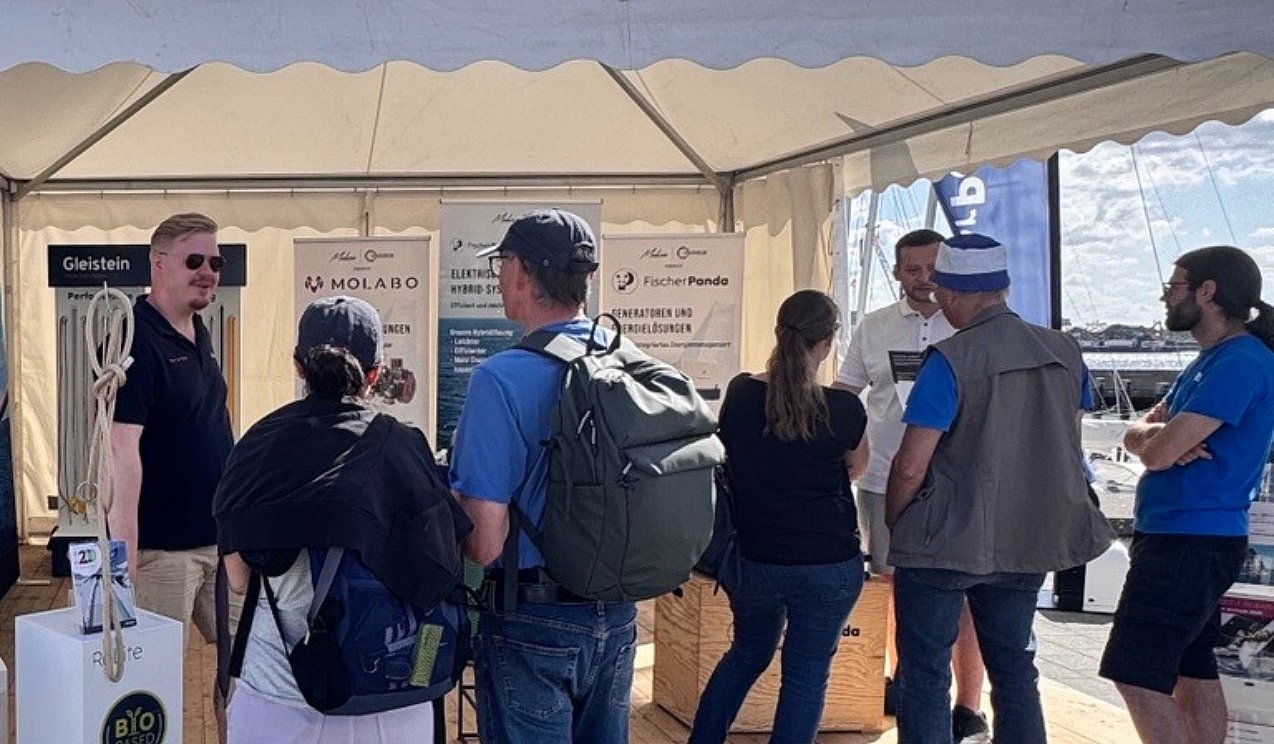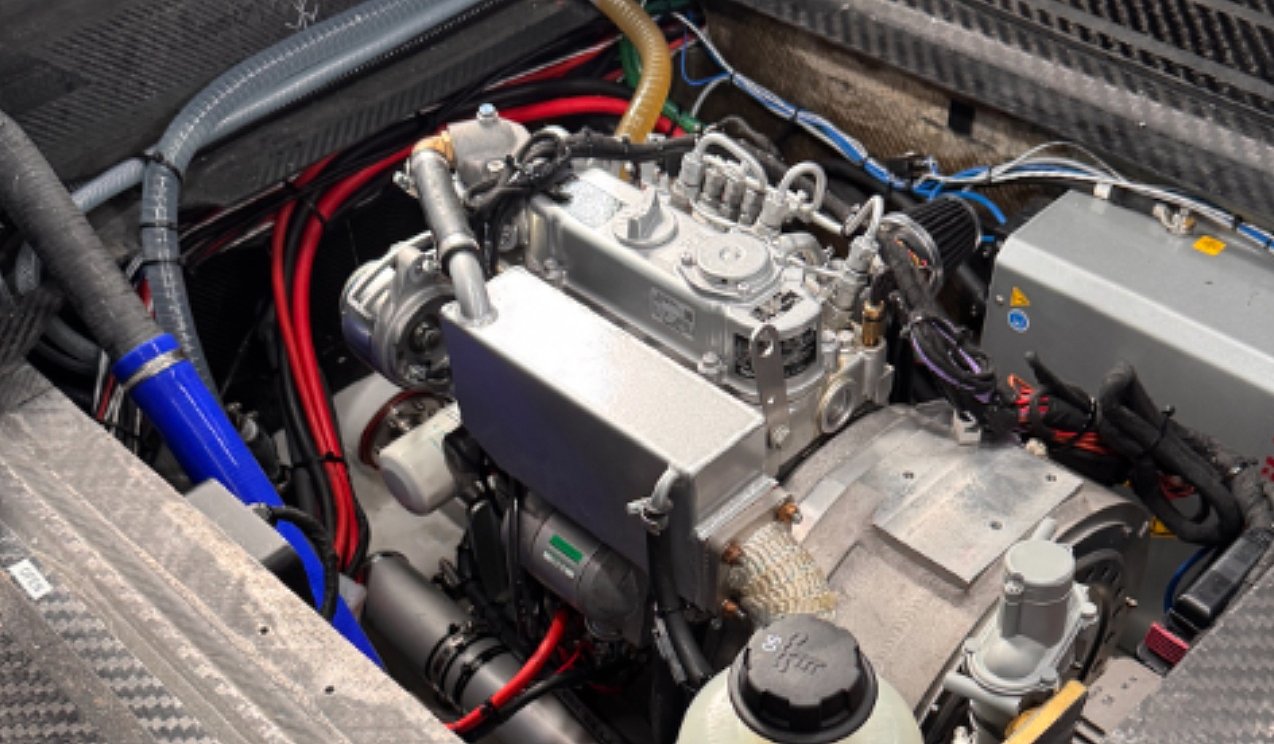Fischer Panda at the Ocean Race Europe: Hybrid Power for Team Malizia
What does it take to master one of the toughest offshore sailing races in the world sustainably? Performance, precision and an energy system that works reliably when needed. At the start of the Ocean Race Europe in Kiel, Fischer Panda, together with MOLABO and Gleistein, showcased how maximum performance and minimal impact can go hand in hand.
Three Partners - One Goal
When the invitation came to join the Malizia Tech Tent, we didn’t hesitate.
Three partners, three core technologies:
- MOLABO
ARIES i50 electric motor for emission-free propulsion in port and emergencies - Fischer Panda
AGT 11000 generator as the backbone of the energy supply - Gleistein
High-performance ropes for precise sail handling
Together, we presented a hybrid system proven under race conditions – robust enough for ocean racing, efficient and sustainable enough for modern yachting.
Our Contribution – The Backbone of the Energy Supply
At the heart of the Seaexplorer – Malizia is the Fischer Panda AGT 11000:
- Compact, quiet, highly efficient
- HVO-capable (Hydrogenated Vegetable Oil) for reduced CO₂ emissions when used
- Charges the Solid State Marine batteries when onboard renewable sources are not sufficient
These batteries power the MOLABO ARIES i50 – the primary drive for harbour manoeuvres, safety situations, and emergencies.
IMOCA Class Rule: Every IMOCA must be able to move independently at a minimum speed of 5 knots – for safety and compliance. The electric motor is used for harbour manoeuvres, safety purposes, and genuine emergencies, such as avoiding a collision or grounding, or assisting another IMOCA.
Once the yacht leaves port, the motor is sealed and cannot be used for propulsion during racing, except in a clear emergency. Shortly before crossing the finish line, the seal is broken by the team after receiving an individual code from race control, which must be displayed on paper during the process. All of this is recorded by four fixed onboard race cameras.
“If that seal is broken, you’d better have a very good explanation when you arrive at the finish.” – Boris Herrmann
Advantages That Matter - In the Race and Beyond
- 40 kg lighter than a conventional 45 HP combustion engine installation in the IMOCA class – the weight saving achieved in the Ocean Race Europe setup
- Up to 50% less fuel consumption compared to a conventional diesel generator when operating
- Flexible installation for optimal weight distribution
- Emission-free operation for harbour manoeuvres, training, and day sailing
Scaling for the Vendée Globe: In a non-stop round-the-world race, the same design approach could deliver a total weight saving of around 150 kg compared to a diesel setup – with 111 kg coming solely from reduced diesel volume and a smaller tank, and the remainder from the electric motor’s lighter weight. At the start of such a race, this represents a significant performance advantage over thousands of miles under sail.
Technology as a Team Effort
This system only works because each component performs at its best:
- MOLABO – ARIES i50 electric motor
- Fischer Panda – AGT 11000 generator without a sound enclosure
- Gleistein – 62 colour-coded ropes used for hoisting, trimming, and lowering the sails. They ensure clear organisation and maximum efficiency on deck – making the act of sailing itself possible.
Conclusion & Outlook
Kiel proved once again that technology, people, and passion can drive meaningful change – on the racecourse and beyond.
The hybrid solution on board the Seaexplorer is more than a technical setup – it’s a proven, adaptable platform for anyone looking to combine performance, reliability, and sustainability at sea.
FAQ - Fischer Panda at the Ocean Race Europe
What is the Fischer Panda AGT 11000 generator?
A compact, quiet, HVO-capable battery-charging generator for marine hybrid systems.
Why is HVO important in sailing?
It can reduce CO₂ emissions by up to 90% compared to fossil diesel when used.
How long does it take to charge the batteries?
Around 70 minutes according to Boat Captain Stuart McLachlan.
Can the electric motor be used during the race?
Only in genuine emergencies – the motor is sealed during racing legs and must be unsealed under race control instructions.
Would this work on my yacht?
In most cases, yes – the modular design of our hybrid systems allows for customised solutions for a wide range of yachts and commercial vessels. Contact us to explore the best setup for your needs.
Learn more about the heart of Malizia’s hybrid system
AGT 11000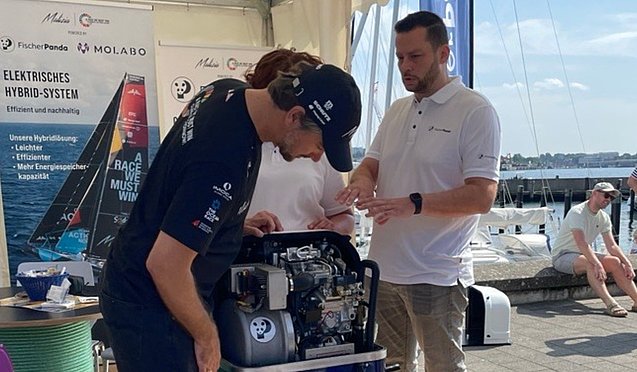
What does it take to master one of the toughest offshore sailing races in the world sustainably? Performance, precision and an energy system that works reliably when needed.
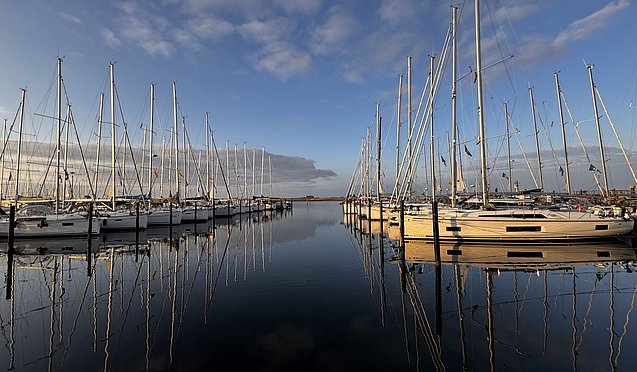
The choice isn’t about movement or energy in isolation. It’s about staying when you want to stay. Moving when you want to move. And knowing that your vessel is ready for both.
